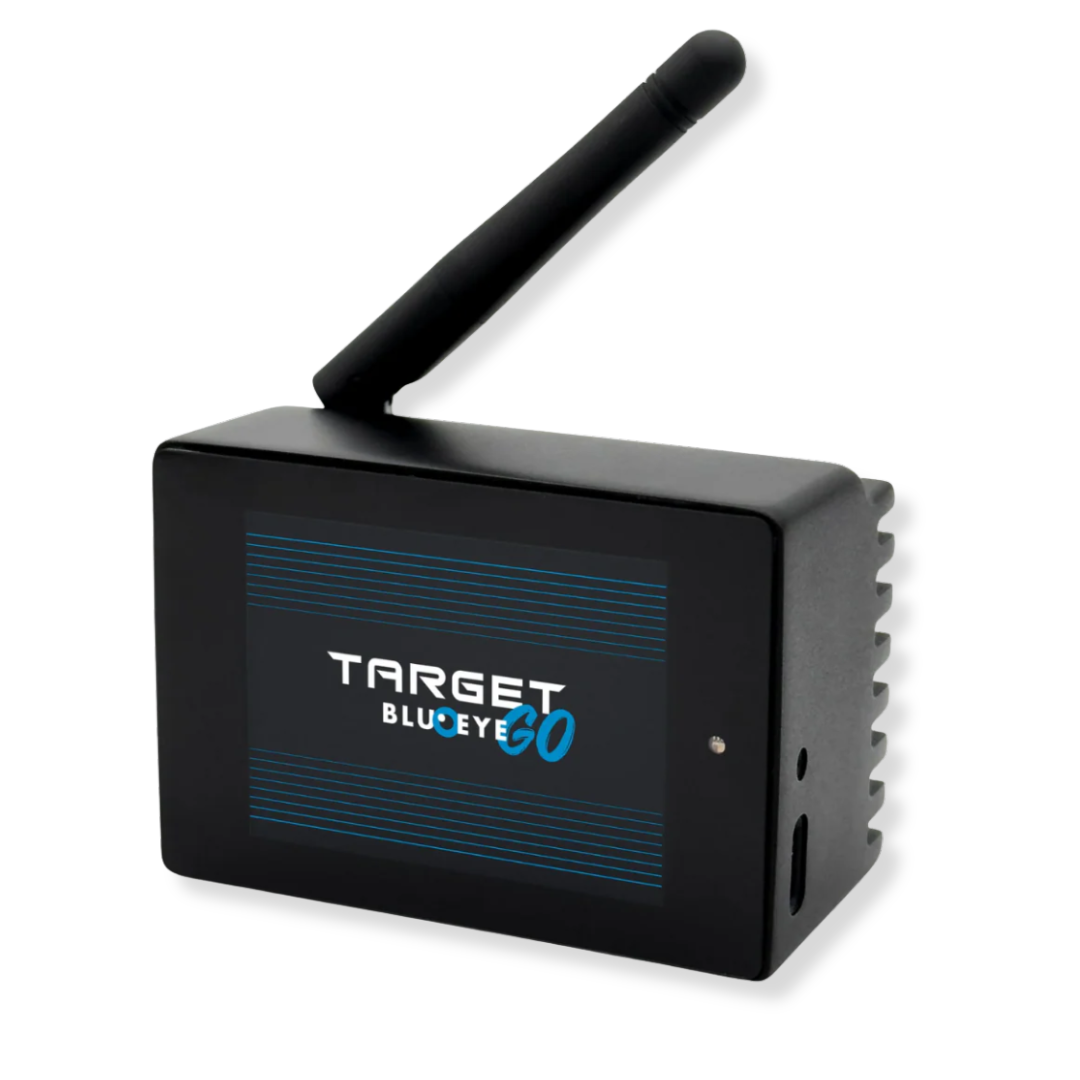From the team that lives and breathes TETRA. We stay close to network operators, device makers and standards bodies. What we see points to a practical UK horizon into 2034. Safety first, always
The safety reality: TETRA saves lives today
TETRA isn’t “nice to have.” It’s the mission-critical lifeline that UK responders rely on every day. Industry and standards bodies frame it exactly like that: mission-critical voice with very high availability, hardening and encryption designed for life-saving operations. That’s why TETRA networks are engineered for extreme reliability and have been upgraded to remain secure and dependable for many years. TCCA+1ETSI
When lives are on the line — serious collisions, multi-agency incidents, or a terror attack — comms cannot be “mostly OK.” The standard is 100% workable, not 99%. Any gap or degraded performance can cost lives. UK oversight bodies have repeatedly stressed that Airwave will remain until ESN is truly ready, precisely to avoid a capability gap. National Audit Office (NAO)+1
Bottom line: The UK won’t switch off a life-saving platform until the replacement is at least as good as Airwave in all respects — and proven in real conditions. National Audit Office (NAO)
Why a long overlap is baked in (and why 2034 is a sensible planning line)
1) The government’s device plan assumes years of coexistence
The Home Office has launched a ~£1.11bn ESN end-user device framework that starts in summer 2026 (4-year initial term) with up to 4 years of extensions. It explicitly includes dual-mode ESN+TETRA handhelds and fixed in-vehicle devices — the very definition of a cautious, overlapping migration. Runway to 2034 is there by design. PublicTechnology
2) The people who build critical comms expect TETRA to persist
At CCW 2025, Airbus called TETRA “hugely resilient,” saying it will remain “probably until 2035 and beyond” as backup while 4G/5G becomes mainstream. Motorola highlighted dual-tech solutions and asked, pointedly: “Will it go away in 2029? Question mark.” Those aren’t throwaway lines; they reflect roadmaps shaped by real operational risk. TCCA
3) Delivery is moving — but the hardest phase is still ahead
ESN is back in delivery with EE/BT and IBM; mobilisation is complete and solution design + data-centre build are underway. But the heavy lift — mission-critical voice at scale and migration of ~330,000 users — is exactly where programmes maintain overlap for safety. You don’t gamble with frontline comms; you keep the dual system until everything is proven. TCCA
4) History: deadlines move out, not in
Since inception, the planned Airwave switch-off has shifted 2019 → 2022 → 2026 → 2029. Public auditors and Parliament have documented the pattern and the risks. The official target is end-2029, but nothing in the record suggests a cliff-edge cut; everything suggests cautious extension if needed. National Audit Office (NAO)
5) “Zero-gap” is policy, not marketing
NAO’s 2019 and 2023 reports record the Home Office position: users will continue to use Airwave until ESN is ready, and ESN won’t be mandated until it is “as good as Airwave in all respects.” That is the 100% standard appropriate for events ranging from everyday incidents to national emergencies. National Audit Office (NAO)+1
Why this matters for Blu Eye
-
In the UK: As long as Airwave (TETRA) is available, Target Blu Eye continues to detect the characteristic TETRA signalling from nearby emergency radios and warns you to give space. On paper, the UK’s National Shutdown Target Date is 31 Dec 2029; in practice, the dual-mode device strategy and the life-critical reliability bar point to overlap into the early 2030s — with credible headroom to 2034. PublicTechnologyNational Audit Office (NAO)
-
Beyond Britain: Many European countries will keep TETRA into the 2030s while broadband matures. That means ongoing utility for continental trips and resale value even after the UK completes its transition. (Focus here is UK; Europe is upside.)
Why we’re confident
We build Blu Eye specifically to detect TETRA’s ultra-short periodic signalling — so we track operator roadmaps, device certification, control-room integrations and resilience work (e.g., coverage extensions for rural areas) very closely. Everything we see — including the 292-site Extended Area Service build-out and ongoing resilience procurement — aligns with a safety-first, zero-gap transition. GOV.UK+1
A friendly reminder on use
Blu Eye is a driver-awareness gadget. It doesn’t decode anything; it simply gives you a heads-up that blue lights may be nearby so you can make room and keep it safe. If it also nudges you to ease off when you’re “making progress,” that’s your licence thanking you in advance.
Sources you can check
-
NAO (2023) report — “Users will continue to use Airwave until ESN is ready.” (commitment to zero-gap transition). National Audit Office (NAO)
-
NAO (2019) report — Home Office will not switch off Airwave until ESN is “as good as Airwave in all respects.” National Audit Office (NAO)
-
PublicTechnology (24 Jul 2025) — £1.11bn ESN device framework with dual-mode ESN+TETRA categories; initial 4 years + up to 4 years of extensions (runway to 2034). PublicTechnology
-
TelcoTitans (CCW 2025) — ESN “back in delivery”; Airbus: TETRA to 2035+ as backup; Motorola: 2029 “question mark.” TCCA
-
TCCA/TETRA — mission-critical service, high availability, modernised security for decades; “always available” positioning. TCCA+1
-
Home Office ESN overview — Extended Area Service (292 4G sites) to assure coverage in remote GB. GOV.UK
-
SRN evaluation plan (2025) — confirms integration of EAS masts into wider rural-coverage goals. GOV.UK
Takeaway: TETRA saves lives today, and the UK will only retire it when the replacement is 100% proven — in everyday operations and under extreme stress. Read the device plan and supplier signals together and the practical horizon looks like an Airwave Plan 2034. Until then, Blu Eye keeps doing what it does best: helping you notice blue lights sooner, so they can get through and you get home safe.
